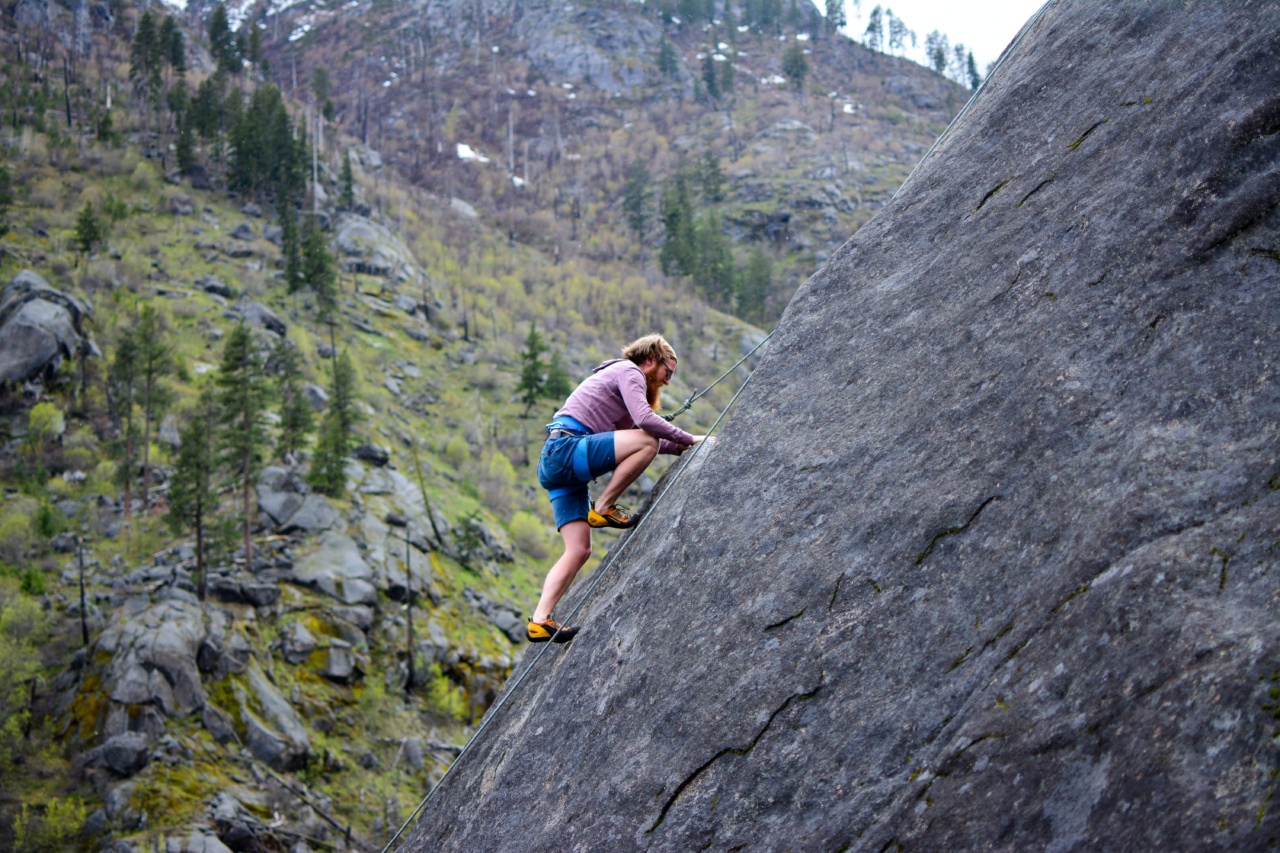Knee osteoarthritis is a prevalent musculoskeletal condition characterized by the degeneration of the cartilage in the knee joint, leading to pain, stiffness, and reduced function.
While aging and obesity are well-known risk factors for knee osteoarthritis, certain occupations can also increase the likelihood of developing this condition. Individuals in these occupations are exposed to repetitive loading, kneeling, squatting, and other activities that place excessive stress on the knee joints.
In this article, we will explore some of the occupations with a high risk of knee osteoarthritis.
1. Construction Workers
Construction workers often face physically demanding tasks that require frequent bending, squatting, lifting heavy objects, and working in strenuous positions.
These activities can lead to long-term stress on the knee joints, increasing the risk of developing knee osteoarthritis.
2. Nurses and Healthcare Workers
Nurses and healthcare workers spend long hours on their feet, constantly walking and standing.
The repetitive impact on the knee joints, combined with the nature of their work that involves lifting patients, can contribute to knee osteoarthritis over time.
3. Agricultural Workers
Agricultural workers, such as farmers and agricultural laborers, often perform activities that involve kneeling, squatting, and crawling on uneven surfaces.
These repetitive motions and prolonged kneeling can accelerate the development of knee osteoarthritis.
4. Warehouse Workers
Warehouse workers are frequently involved in manual material handling, which requires bending, lifting, and carrying heavy loads.
This can strain the knee joints and increase the risk of knee osteoarthritis, especially if proper lifting techniques and equipment are not used consistently.
5. Plumbers and Electricians
Plumbers and electricians often work in confined spaces and need to bend, squat, and kneel repeatedly to access pipes and electrical components. These repetitive movements and prolonged kneeling can contribute to the development of knee osteoarthritis.
6. Professional Athletes
Professional athletes, especially those involved in high-impact sports like soccer, football, and basketball, are at an increased risk of knee osteoarthritis due to the repetitive stress and trauma on their knee joints during training and competition.
7. Roofers
Roofing involves working on inclined surfaces, which requires constant bending, kneeling, and climbing. The continuous stress placed on the knee joints can contribute to the development of knee osteoarthritis among roofers.
8. Mining and Extraction Workers
Mining and extraction workers often perform physically demanding tasks that involve prolonged standing, walking on uneven surfaces, and lifting heavy equipment.
These activities put significant strain on the knee joints, increasing the risk of knee osteoarthritis.
9. Warehouse Stockers
Warehouse stockers are responsible for moving, organizing, and storing inventory, which often involves repetitive bending, squatting, and lifting heavy objects.
The constant strain on the knee joints can lead to the development of knee osteoarthritis over time.
10. Carpet Installers
Carpet installers spend a significant amount of time kneeling and crawling to lay carpets and flooring materials.
These repetitive movements and prolonged kneeling can accelerate the degeneration of cartilage in the knee joints, ultimately leading to knee osteoarthritis.
It is important to note that while these occupations have a higher risk of knee osteoarthritis, not all individuals in these fields will develop the condition.
Various other factors, such as individual susceptibility, genetics, and lifestyle choices, also play a role. Nonetheless, individuals working in these occupations should prioritize knee joint health by practicing proper ergonomics, using supportive equipment, and engaging in regular exercise and stretching routines.























